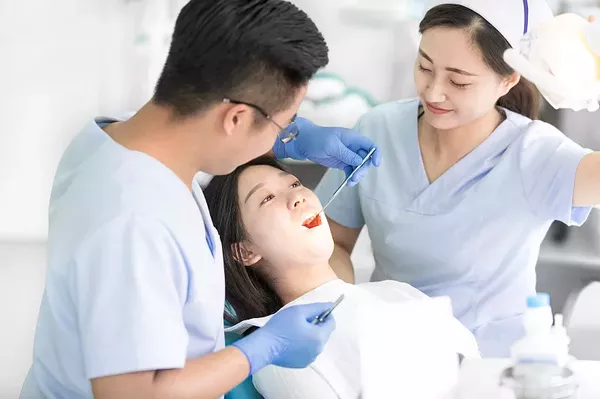Maintaining a healthy and confident smile is a priority for many individuals. However, despite diligent oral hygiene practices, some people find themselves wondering, “Why do I have yellow teeth even after brushing?” The issue of yellow or discolored teeth can be frustrating and impact self-esteem. In this article, we will explore the various factors that can contribute to yellow teeth even with regular brushing, providing insights into prevention, treatment, and achieving a brighter smile.
Understanding Tooth Color
Before delving into the reasons behind yellow teeth, it’s important to understand the natural color of teeth. Tooth color varies among individuals due to factors such as genetics, enamel thickness, and lifestyle habits. Teeth can range from shades of white to off-white, and even slightly yellowish hues can be within the normal spectrum.
Common Causes of Yellow Teeth
Several factors can contribute to yellow teeth, even with regular brushing and oral care:
1. Staining Foods and Beverages
Consuming foods and drinks that are highly pigmented can lead to tooth staining over time. Coffee, tea, red wine, dark berries, and certain spices can all contribute to discoloration. The pigments in these substances can attach to the enamel, causing the teeth to appear yellow or stained.
2. Tobacco Use
Smoking or using other forms of tobacco can result in significant tooth discoloration. The chemicals in tobacco products can penetrate the enamel, causing yellow or brown stains that are challenging to remove with brushing alone.
3. Poor Oral Hygiene
Even with regular brushing, inadequate oral hygiene practices can lead to the buildup of plaque and tartar on the teeth. Plaque buildup can cause teeth to appear yellowish, as the deposits can trap stains and contribute to discoloration.
4. Enamel Thinning
The natural aging process and certain habits can lead to enamel thinning over time. As the enamel wears down, the underlying dentin, which has a yellowish color, becomes more visible, giving the teeth a yellow appearance.
5. Medications
Certain medications, such as antihistamines, antipsychotics, and some antibiotics, can cause tooth discoloration as a side effect. These medications can affect the developing enamel of permanent teeth in children or lead to staining in adults.
6. Fluorosis
Excessive fluoride exposure during tooth development can lead to a condition called fluorosis. This condition can result in enamel discoloration, ranging from white spots to yellow or brown staining.
7. Trauma or Injury
Trauma or injury to a tooth can cause it to become discolored over time. The tooth may darken or yellow as a response to the damage, affecting its overall appearance.
8. Genetics
Genetic factors can influence the natural color of your teeth. Some individuals may inherently have teeth that are more prone to appearing yellow, even with proper oral hygiene.
Prevention and Treatment
Addressing yellow teeth involves a combination of prevention and treatment strategies:
1. Maintain Good Oral Hygiene: Brushing your teeth at least twice a day and flossing daily can help prevent plaque buildup and maintain a healthy smile.
2. Use Whitening Toothpaste: Whitening toothpaste can help remove surface stains and prevent further discoloration. Look for products approved by dental associations.
3. Limit Staining Foods and Drinks: Cut back on foods and beverages that are known to stain teeth. If you consume them, consider using a straw to minimize contact with your teeth.
4. Professional Dental Cleaning: Regular dental check-ups and professional cleanings can help remove stubborn stains and tartar buildup, improving the appearance of your teeth.
5. Teeth Whitening: Professional teeth whitening treatments, either in-office or at-home under a dentist’s guidance, can effectively lighten the color of your teeth.
6. Lifestyle Changes: If you smoke or use tobacco products, quitting can prevent further tooth discoloration and improve overall oral health.
7. Cosmetic Dentistry: For more severe cases of tooth discoloration, cosmetic dentistry options like veneers or bonding can provide long-lasting solutions.
Conclusion
Yellow teeth, even after regular brushing, can be a source of frustration and concern. However, understanding the underlying factors contributing to tooth discoloration is the first step toward finding effective solutions. By adopting preventive measures, maintaining proper oral hygiene, and seeking professional dental care when needed, you can take proactive steps toward achieving a brighter and more confident smile. Remember that each individual’s situation is unique, so consulting with a dentist can provide personalized recommendations and treatment options to help you achieve the smile you desire.
Related Topics:






























